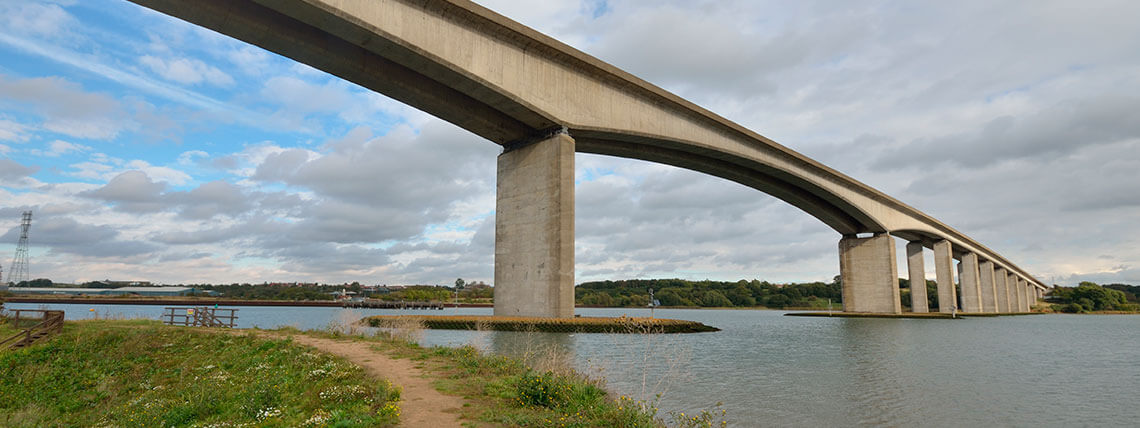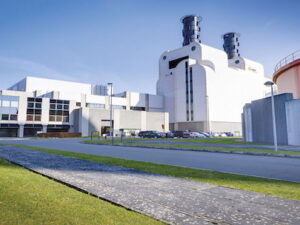Magdalena Bridge PSHA
Probabilistic Seismic Hazard Analysis
Due to the forthcoming construction of the Puente over the Magdalena river (Region of Antioquia, Colombia), OHL CONSTRUCCION turned to DYNAMIS ASSOCIATES for the preparation of the Seismic Risk Analysis and the evaluation of the risk of liquefaction in the piles of the bridge.
The location zone is called the Middle Magdalena Valley. It is a region that presents smooth and wavy topography, whose heights do not exceed 100 m.s.n.m, except for some hills and low hills.
The Magdalena region of Antioquia is marked by the structure of the central Cordillera and in the piedmont by a series of faults. At the edge of the Magdalena River are alternating flat or low-slope areas and hills.
The seismic threat of the area is mainly governed by the presence of nearby faults, especially those of the Palestine fault, Cimitarra fault, Bucaramanga-Santa Marta fault, Suarez fault, and Murindó fault, for which earthquakes of magnitude 6.5 are expected. The contribution of deep subduction faults such as the Benioff Intermediate zone cannot be neglected. From these sources, earthquakes with magnitudes up to 8.0 can be expected at distances greater than 250 km.
The mission of Dynamis was to carry out the review of the local seismic hazard study of the project, in order to elaborate a new seismic hazard map and evaluate the liquefaction risk in accordance with the applicable regulations.
The study has contemplated the identification and characterization of the seismogenic sources present in the area of influence. The effect of each of the seismogenic sources and its joint actions has been estimated using a probabilistic approach, to know its influence on the calculation of seismic hazards at the site of the bridge. A study of dynamic amplification of the soil deposit has also been carried out to obtain the surface calculation spectra.
Our study has contemplated the identification and characterization of the sismogenetic sources of influence. For every source, their effect has been determined through a probabilistic methodology and the uniform seismic hazard spectrum for our site had been obtained. Finally, as a result of a ground response analysis, the design spectrum at the surface was computed.







